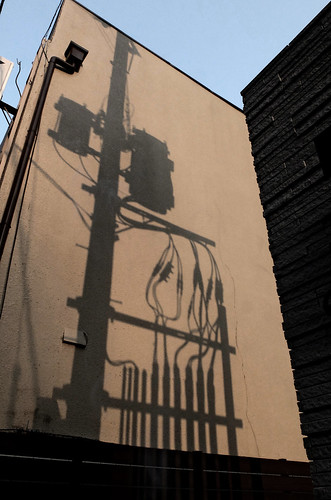Around North America, telecom corporations are now deploying "small cells"--small cellular antennas--on utility poles. Sometimes called distributed-antenna systems (DAS), these antennas provide citywide Wi-Fi. I've heard of one proposal to install 700 antennas around one town with one permit. I've heard of antennas going up with no permit.
How/does DAS relate to 5G antennas (which will support the Internet of Things, IoT)? Good question. I don't know.
I do know that despite the IoT's massive cybersecurity risks and energy use, the FCC does not want to limit it in any way. The FCC considers 5G "a national priority" since it will get consumers to buy lots more new things (that connect to the Internet).
I do know that legislators don't want their town sued by telecom corporations. Discussing any antennas' health effects with legislators may therefore prove to be a dead-end. Remember Section 704 of the 1996 Telecom Act, which states that "No state or local government or instrumentality thereof may regulate the placement, construction, or modification of personal wireless service facilities on the basis of the environmental effects of radio frequency emissions." (Here, "environmental effects" includes health effects.)
Perhaps concerned citizens can clarify that wireless tech:
* is no good during a power outage, since cell phones and voice-over Internet protocols (VOIPs) like Skype and Magic Jack require electricity.
* increases cyber hacking risks.
* requires more energy than wired tech.
If you community doesn't want to wake up to antennas on the public rights-of-way near homes, schools and businesses:
1. Get to know your town's telecom-facilities ordinance. Get a lawyer on board with you. Read Blake's book, Cell Towers: Wireless Convenience? Or Environmental Hazard?
2. Aim for an ordinance that gives every resident distance from the view of UGLY antennas. (It is still legal to create an ordinance that considers the LOOK of antennas.)
3. Aim for local authority over infrastructure placement. If a cellular antenna gets mounted on a structure that does not hold other wireless gear, that's a new structure. Usually, a new structure requires neighborhood notification, a public hearing and a vote before a permit is issued.
4. Ask about liability re hacking and cell tower fires. City-wide Wi-Fi makes residents and businesses more vulnerable to hacking. (From a nearby sidewalk, a hacker could access a baby monitor or "smart" refrigerator or any other device connected to the Internet.) What protections will municipalities and telecom corporations provide against hacking? In the event that someone is hacked, who'd be liable? Also, who will be liable in the event that cellular antennas on public-rights-of-way catch fire or collapse?Posted by Katie Singer
www.electronicsilentspring.com






